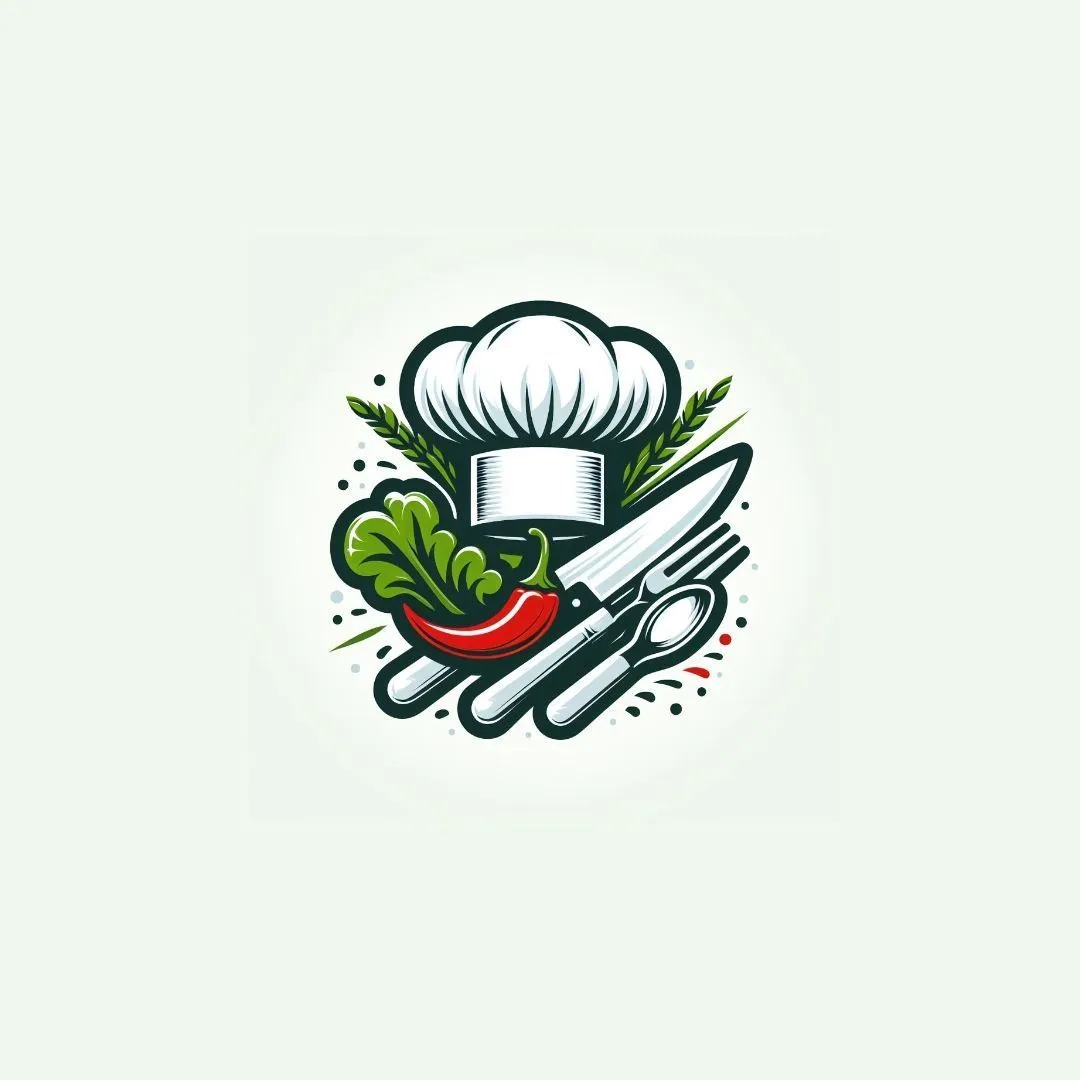Burro fatto in casa


gourmet
Preparation time
 25 minuti
25 minutiDifficulty
 Facile
FacileCooking time
 0 minuti
0 minutiServings
 8
8Fare il burro in casa è un processo affascinante che utilizza una semplice trasformazione fisica per separare la parte grassa della panna da quella liquida. La chimica dietro alla produzione del burro sfrutta la forza meccanica per rompere l'emulsione della panna, che è una miscela stabile di grassi, proteine e acqua. Quando agitiamo la panna, le molecole di grasso iniziano a separarsi dalle proteine e si aggregano tra loro, formando prima una consistenza montata e poi una massa solida, che è il burro. Ecco la ricetta dettagliata per farlo:
Ingredients
- Fresh cream500 ml
Procedure
0. Pour the cream into a large bowl. It's important that the cream is cold but not frozen. The ideal temperature is around 12-15°C. You can use refrigerated cream that has been left out for a few minutes before starting.
1. Use a mixer or electric whisk to whip the cream on medium speed. During the first few minutes, you'll see the cream thicken and begin to form into whipped cream. Fresh cream has about 35-40% fat. It's this fat that, once separated from the buttermilk, forms butter.
2. Once you've reached the whipped cream stage, continue beating. At a certain point, the cream will begin to "break" and you'll see the fat separate from the liquid. This liquid is buttermilk, while the yellowish lumps that begin to form are butter.
3. The time varies depending on the speed and temperature of the cream, but the process takes about 8-10 minutes.
4. In this phase, the fat molecules, previously suspended in water thanks to the proteins, join together to form solid masses. This happens because the agitation breaks the membranes covering the fat droplets, causing them to stick together.
5. Once the solids have separated from the liquid, turn off the mixer. Use a strainer or cheesecloth to separate the butter from the buttermilk. The buttermilk can be saved and used in other recipes, such as pancakes or bread.
6. This step is essential for removing any residual buttermilk and extending the shelf life of the butter. Transfer the butter to a bowl and rinse it under cold water. Use your hands or a spatula to gently knead it under the water until the water runs clear. This removes any remaining buttermilk.
7. If you prefer salted butter, this is the time to add a pinch of salt and work it further with a spatula.
8. Once washed, the butter is ready to be shaped. You can wrap it in parchment paper or in an airtight container. Store it in the refrigerator for about a week or freeze it for longer.
9. Use high-quality cream to obtain a butter with a rich, authentic flavor. If possible, try to find raw or low-pasteurized cream. Customize the butter by adding herbs, garlic, or spices for flavorful variations.
Did you enjoy this recipe? Show your appreciation by giving the author some Gourmet Coins!
Creation date Sep 30, 2024
Report recipe
Nutritional Values
Nutritional values per serving
*The nutritional values shown are calculated based on the ingredients provided by the user and represent an average estimate, without taking into account any variations due to cooking methods or other external factors. The information on ingredients is based on generally accepted data and may vary depending on the brand, product quality, and specific preparation conditions. Therefore, the maximum accuracy of the data provided cannot be guaranteed. For precise nutritional information, we recommend consulting a nutrition professional or using specific analysis tools.